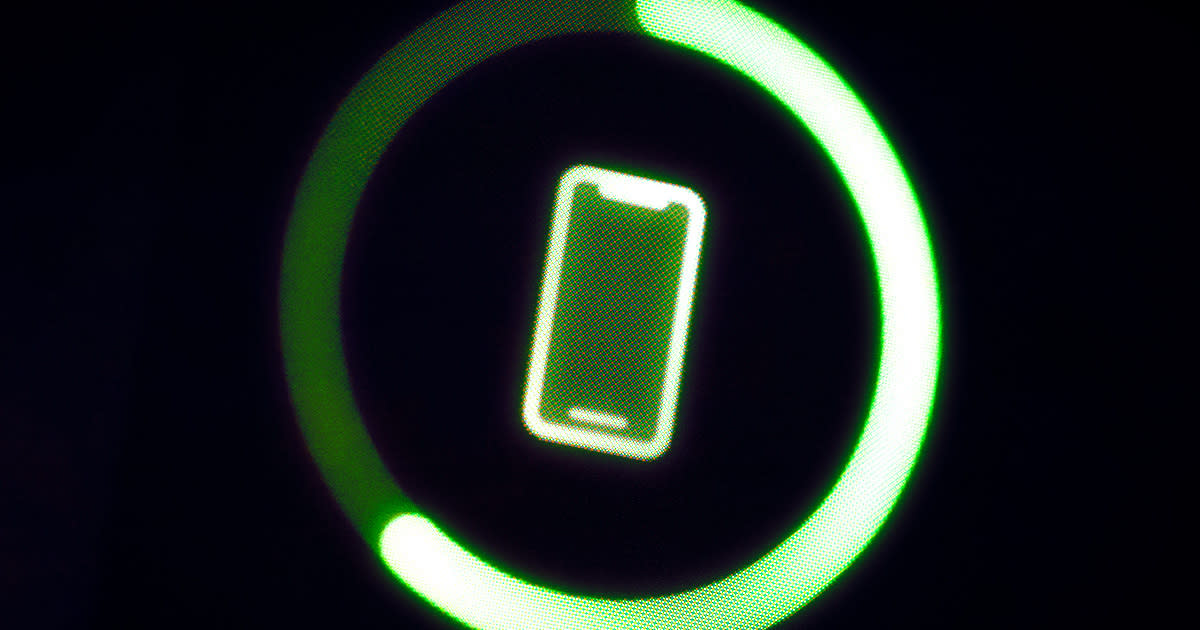Apple Battery Supplier Working on New Battery Material With 100 Times the Energy Density of Current Tech

Power Up
The Japanese electronics corporation TDK claims that it's achieved a breakthrough in developing a new material for its next generation of solid-state batteries, the Financial Times reports, boosting their performance by a remarkable degree.
In numbers, the Apple supplier claims that forthcoming versions of its rechargeable CeraCharge batteries will boast an energy density of 1,000 Watt-hours per liter, which is 100 times greater than currently available models. But this figure is made by comparing gains achieved with the material to TDK's own older batteries, and not to those of its competitors. So, in other words, it may not accurately reflect the amount of progress made here.
Nevertheless, TDK says its newfangled batteries will replace the small, coin batteries found in wearable tech like smartwatches and wireless earphones. But while the supplier claims this will be revelatory in the world of very small devices, it isn't likely to translate to larger scale applications like electric vehicles.
Flattery Figures
Solid state batteries are considered a cut above the more standard lithium ion ones they compete with. They promise higher energy densities, and use solid electrolytes, which are less flammable than liquid ones. That also means that these batteries should be lighter, as well as be able to be charged faster.
There's a lot left to be ironed out with solid state batteries, though, and like many energy breakthroughs, it always seems to be a few years away, every year. It's a familiar tale: companies are struggling to bring them to mass production scale, especially in larger applications, due to the costs involved in making them.
In the EV space, Toyota says that it's on the verge of releasing such batteries that can go 900 miles on a single charge. In the world of decidedly smaller electronics, TDK claims to have achieved its own breakthrough by using a ceramic material with oxide-based solid electrolytes and lithium alloy anodes.
The corporation admits, however, that the ceramic material is most likely too fragile to be used in anything larger than the coin batteries it's supposedly set to replace — so it won't even be feasible to be used in, say, a smartphone battery, according to the FT.
With all that mind, it's worth tamping down expectations on just what TDK claims its new batteries will deliver, instead of getting — apologies — too charged up.
More on energy storage: New Concrete That Stores Electricity Could Turn Whole Homes Into Batteries


